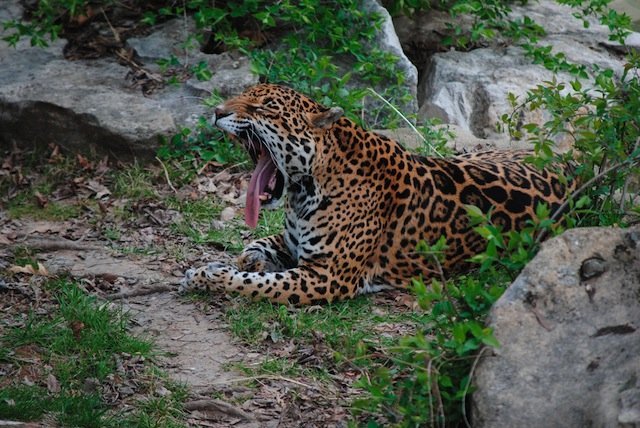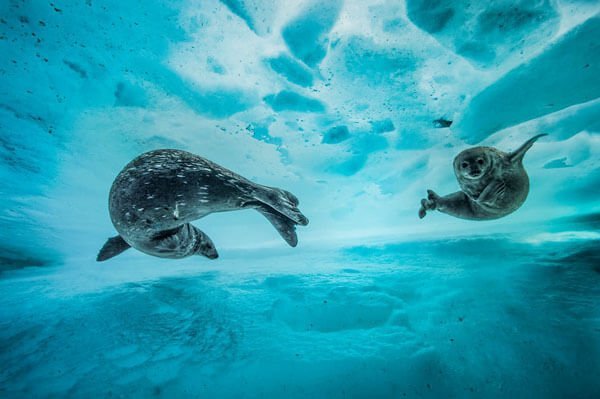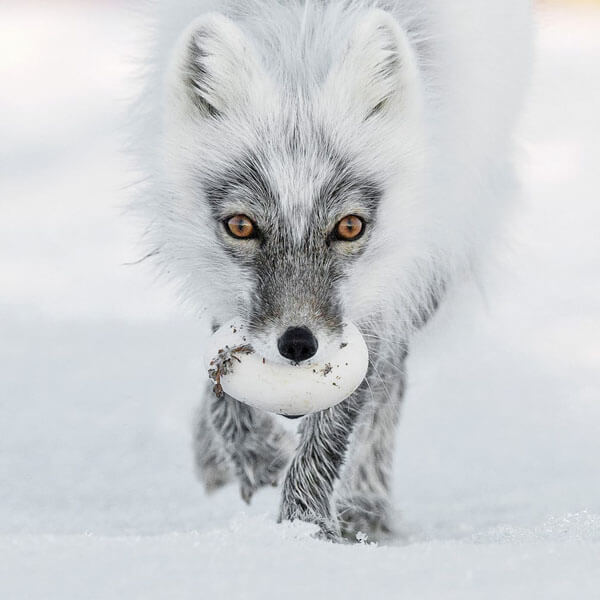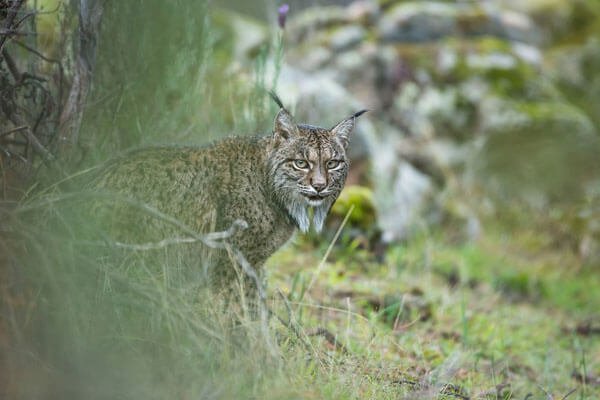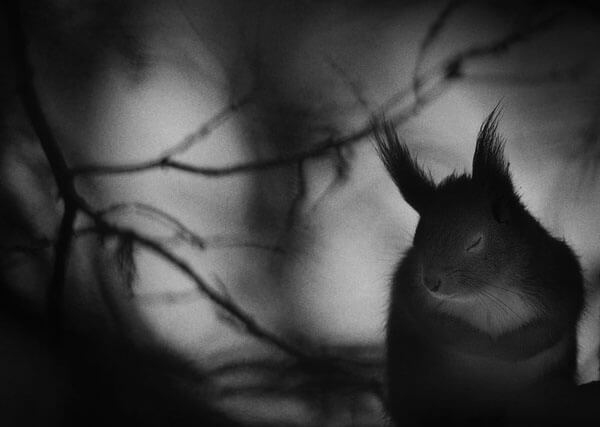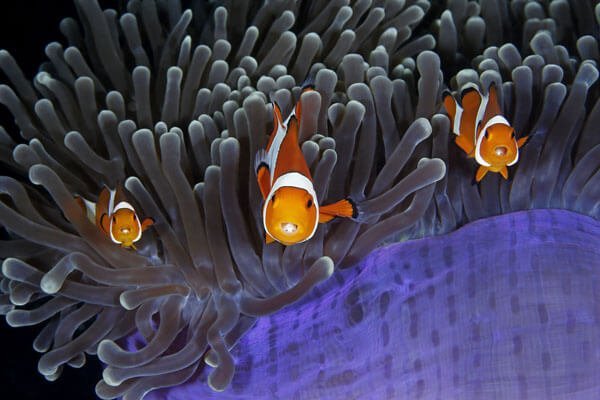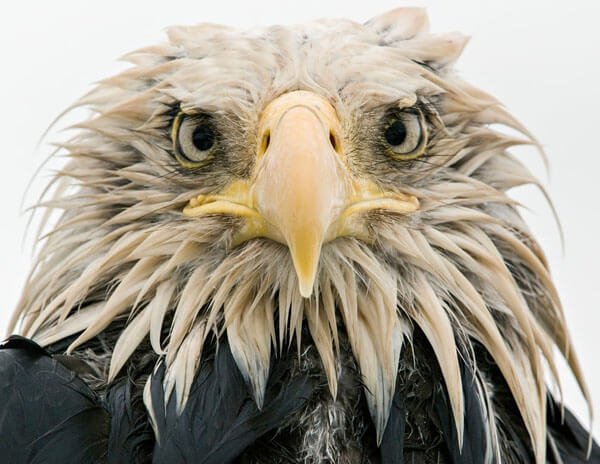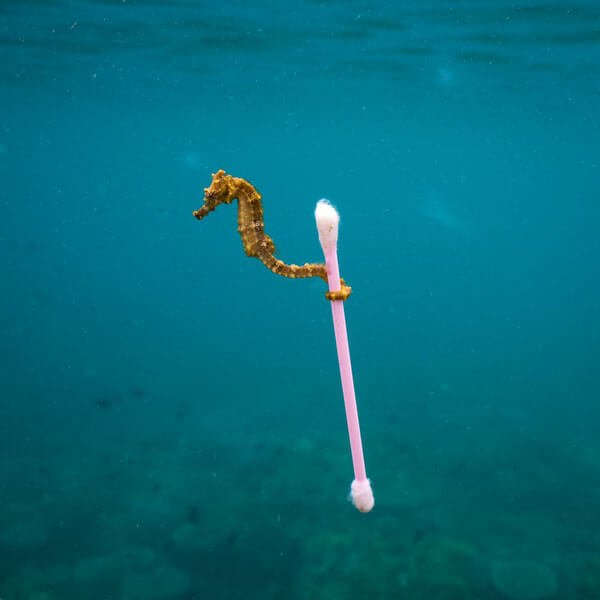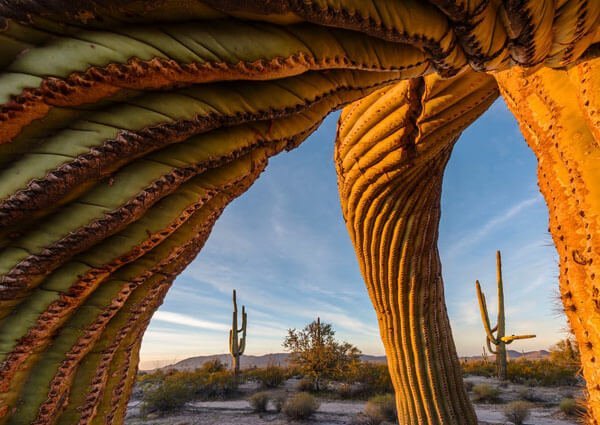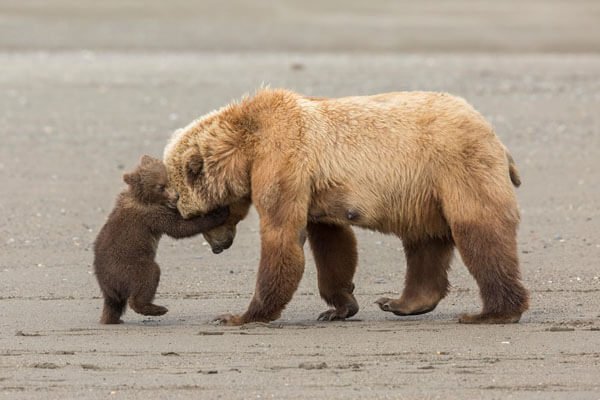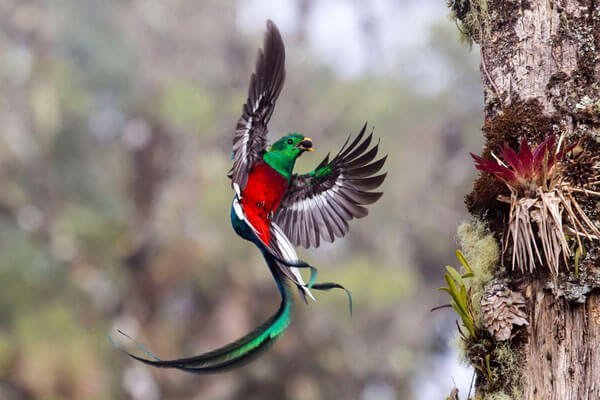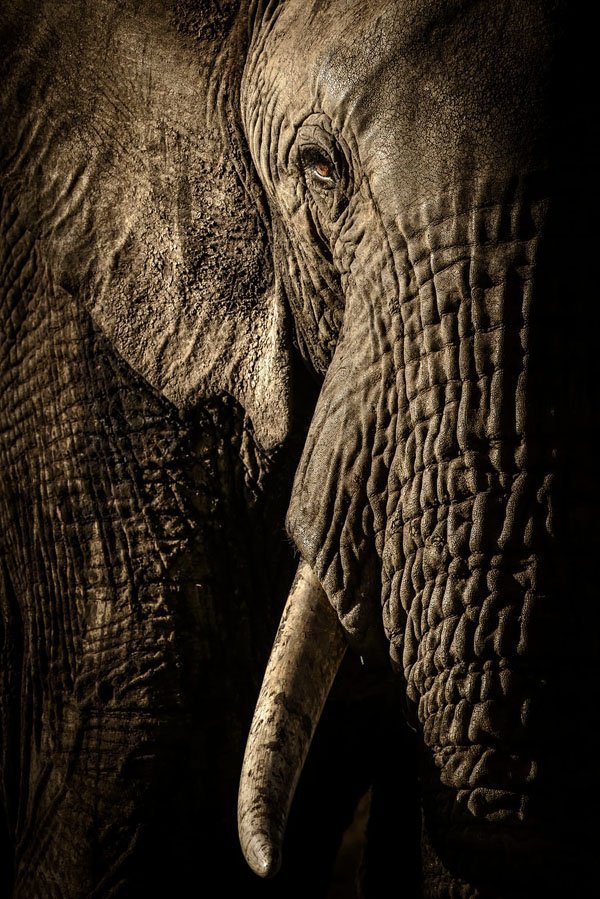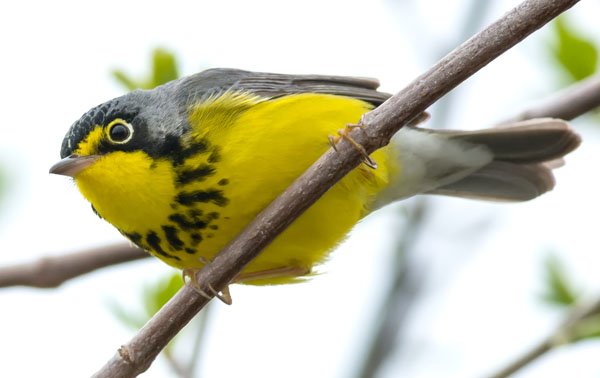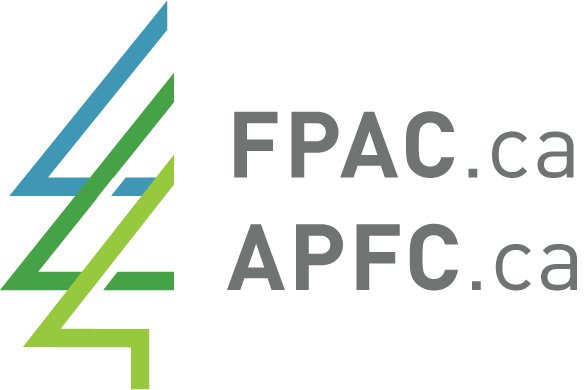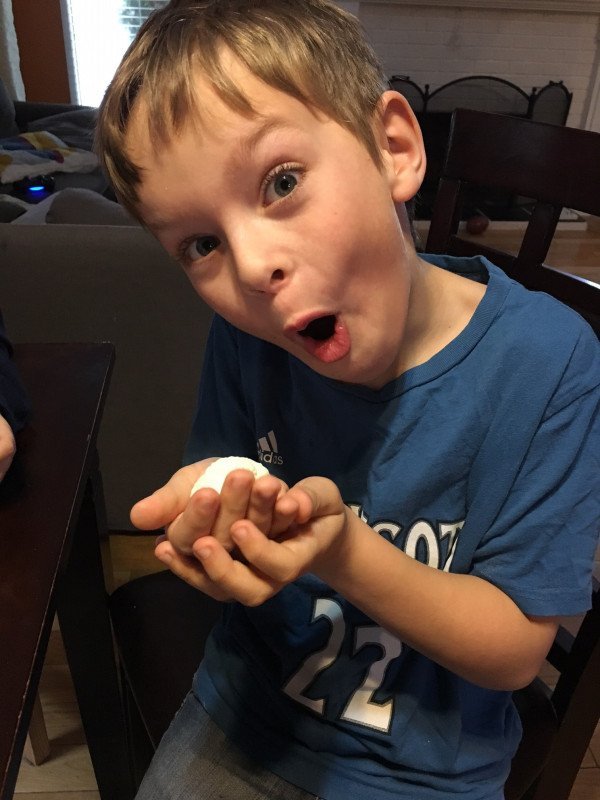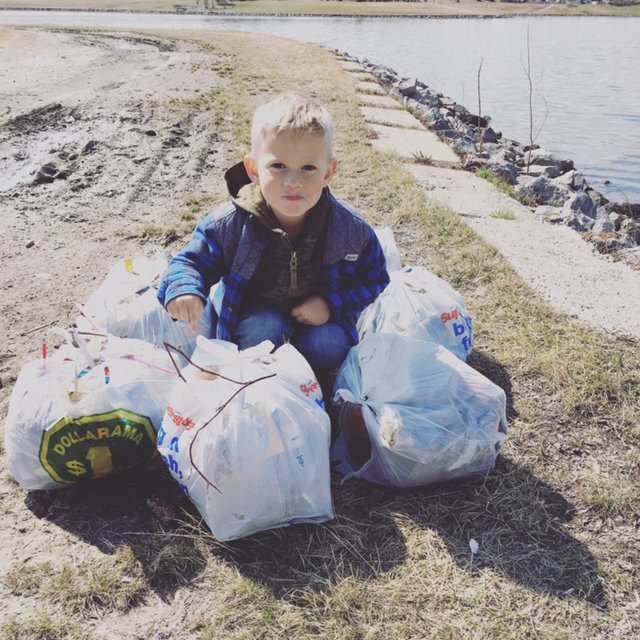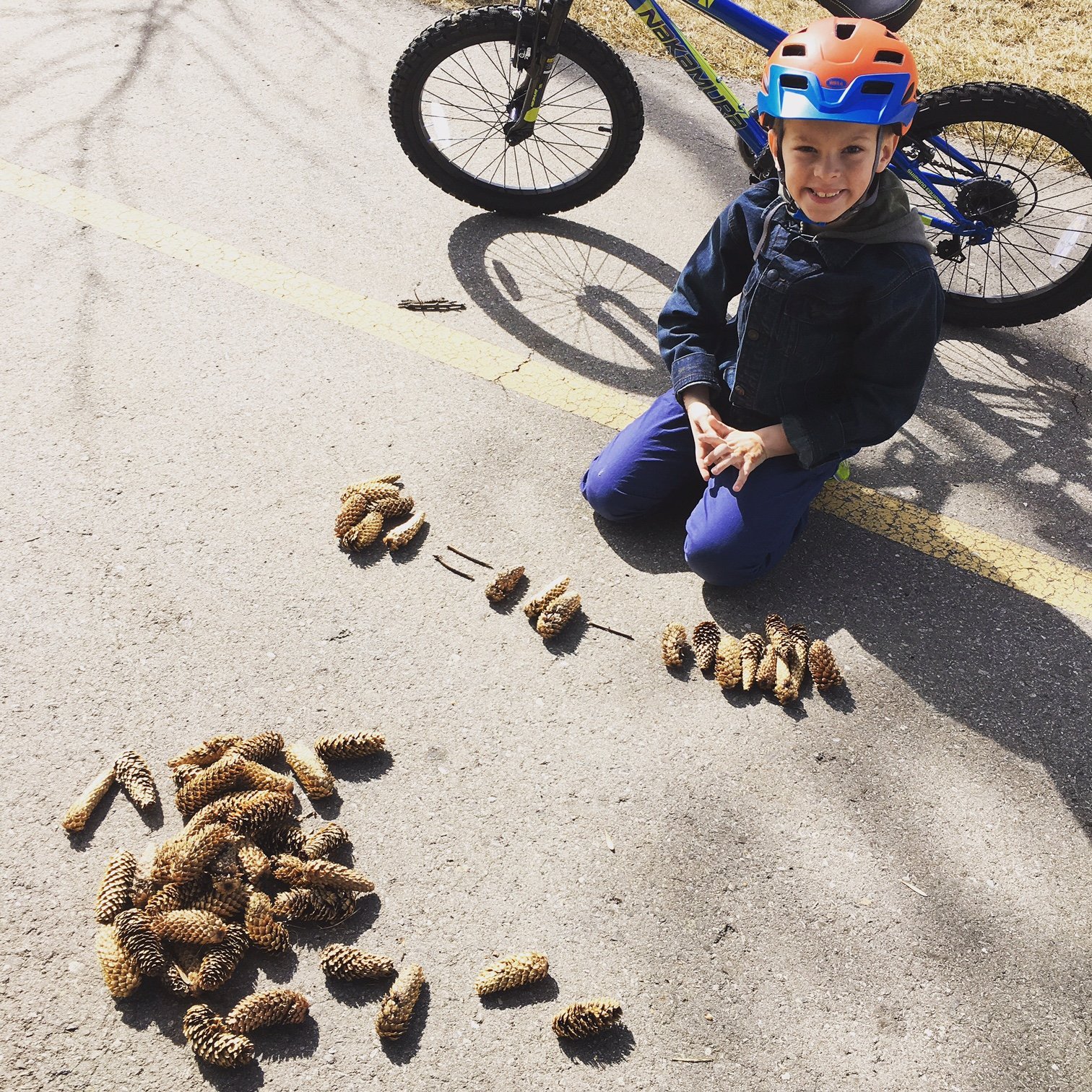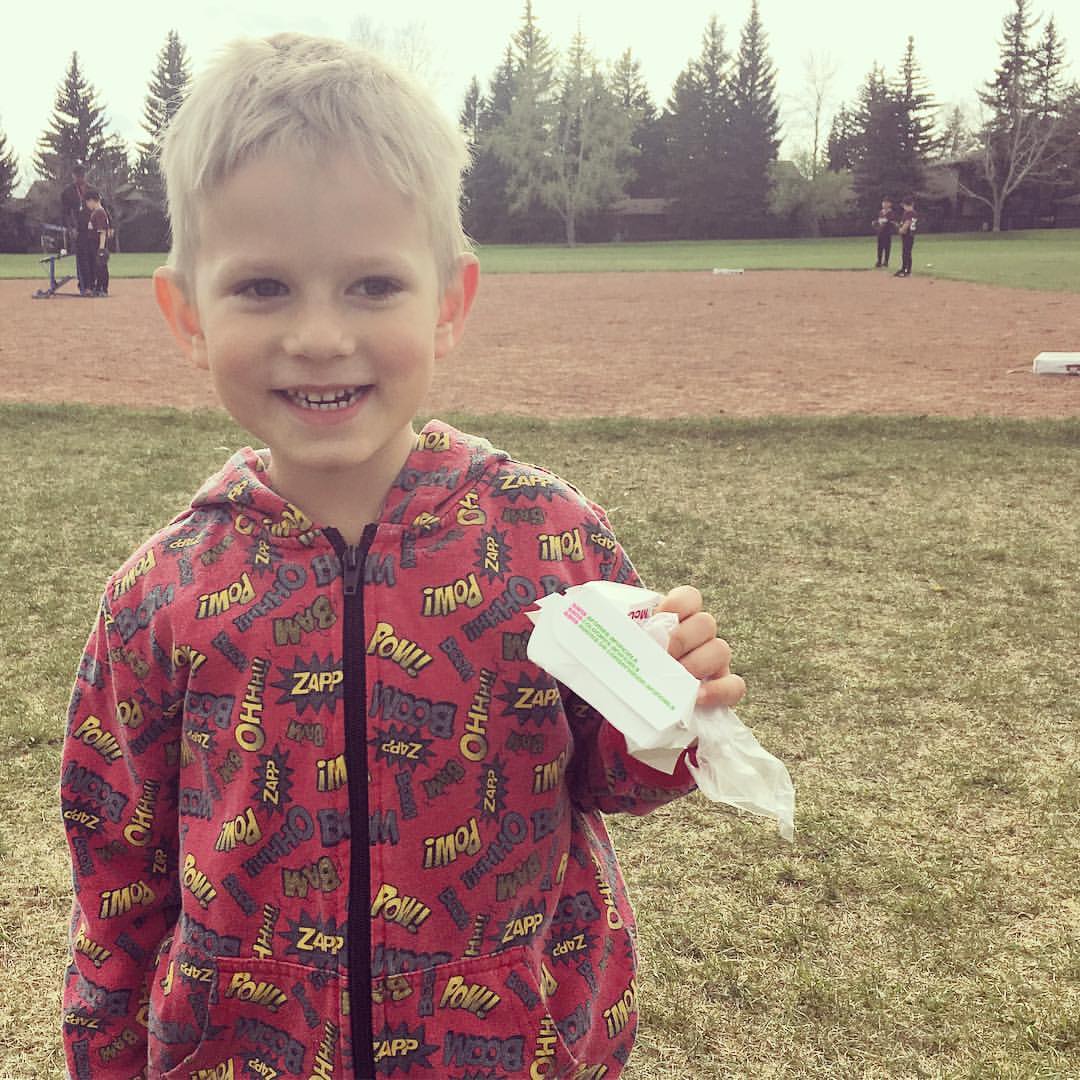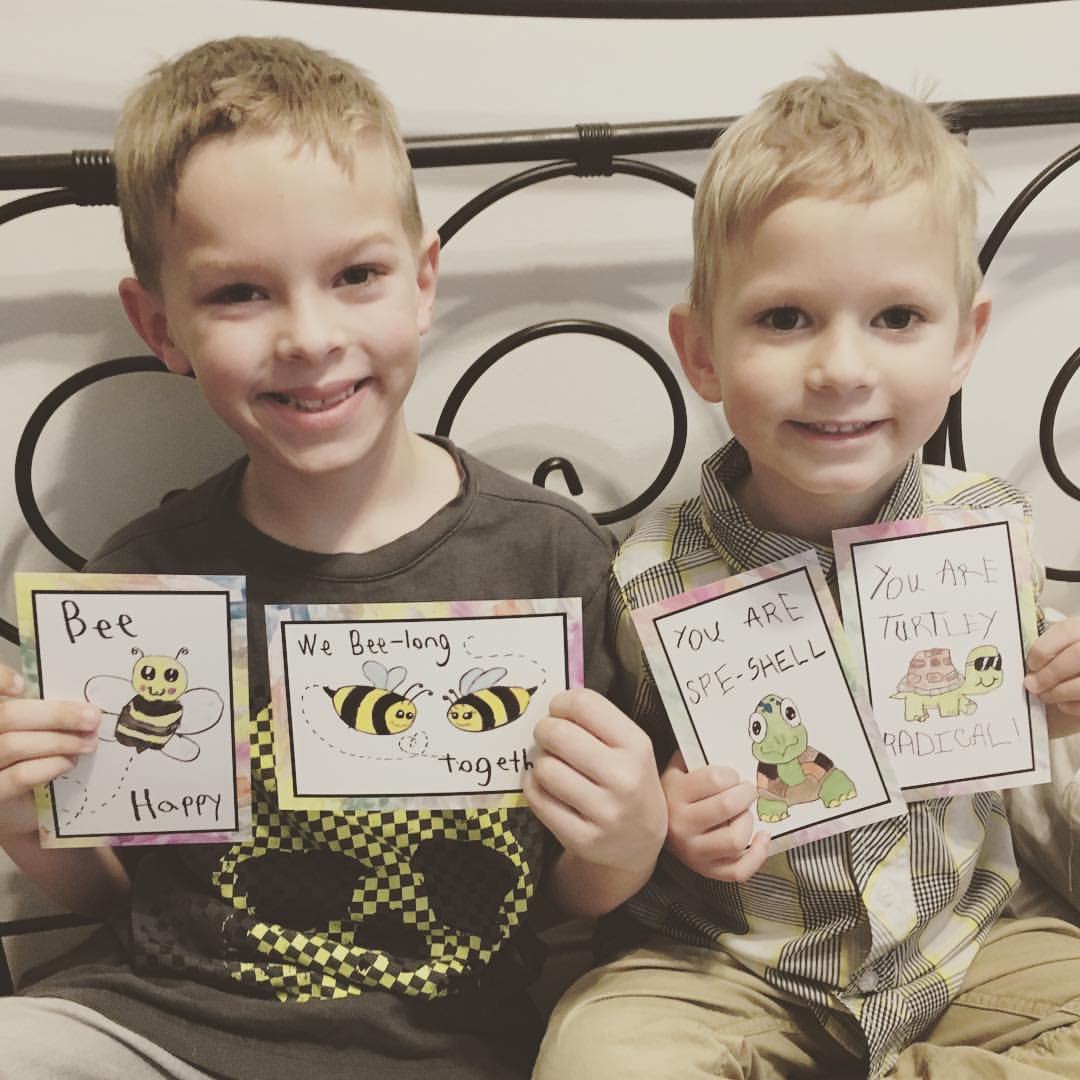Get into the Halloween spirit with this spooky story…
“Shrooom, flap flap” “shrooom, flap flap” this was the noise that Barticus the bat made as he flew back and forth, pacing in the dark cave. It wasn’t night time yet, so his brothers and sisters were still fast asleep.

Barticus couldn’t imagine sleeping at a time like this, not when it was the most hated, worstest day of the year… Halloween. Barticus loved to celebrate all the bat holidays, even battyismist, but every year he dreaded October 31st. As a night time loving mammal, you may think that Barticus would like a holiday filled with all things scary and spooky but you’d be wrong.
The reflection of the moon came pouring down as Barticus flew at top speed out of the cave. Barticus soared over the corn fields and towards the small houses in neat rows lined with Halloween decorations, staring down at what he hated about this time of year.
Sure, everyone loves a smiling pumpkin, or a witch hat, but why did bats have to be a spooky sign of Halloween? Barticus didn’t like the idea of people being scared of bats, because really they were some of the nicest animals around. Why couldn’t bats be the sign for something warm and fuzzy like Valentine’s Day – they were lovable mammals too! Nicer than those pesky mosquitoes… After all, what has bitten you more often: a blood sucking insect or an adorable lovable bat?
This Halloween was going to be different though, Barticus had a plan that would leave everyone jumping with fright… but this time it won’t be at bats it would be at something much, much scarier…..
The night before, Barticus had been soaring by a house when he saw a little boy playing at his computer, he was jumping up and down with excitement as the clicks of his mouse made the lemur jump from tree to tree. From the poster of Cosmo the Lemur on the wall to the Bring Back the Wild buttons, Barticus could tell this kid’s favourite animal wasn’t a bat.
It was at that moment that Barticus realized if he was going to make bats the new cute animal in town, he was going to have to give humans something else to be scared of at Halloween. That is how he came up with his plan, which after much debate; he called “The Evil Lemur Master Plan.”
Barticus couldn’t pull this off alone so he teamed up with his best friends, Signor spider and BB the black cat, to take back Halloween. As Barticus landed by the big oak tree, he saw that Signor the spider had already begun decorating BB the black cat. With a paint brush dripping with white paint, Signor had made BB’s tail look just like a ring-tailed lemur. “That looks great Signor, but she needs rings around her eyes too”. With a few more brush strokes, Signor had transformed BB the black cat into a ring-tailed lemur.

“Finished at last. Now practice your lemur growl” said Signor.
On that cue nothing happened… because BB the black cat had been sitting to be painted for so long that she had fallen asleep.
“BB!” screeched Barticus.
BB jumped up, “Ok, ok what is all the noise about?”
“Signor has finished, you’re now a lemur!” said Barticus.
BB looked down at her tail. “Well, I would have added a few more rings but I guess it will do” she replied, “ let’s go show some kids that there is something scarier at Halloween than bats, spiders and black cats!” said Barticus. With that, the “Evil Lemur Master Plan” crew was off to bring fear and fright and all things spooky to kids everywhere!
BB the black cat sat lying in wait, crouched up behind a garbage can in a dark alleyway. The paint on her fur that was supposed to make her look like a lemur had dried but it was starting to itch. BB was trying really hard not to lick her fur clean and focus on being a scary lemur when a gaggle of noisy kids started to come down the street.
As the children approached, BB crouched down and launched herself out into the street landing right in front of the children. BB mustered her loudest and scariest call, screaming “BOOOO!”
The kids stood there staring at BB, and then broke out in laughter.
BB was so shocked that she bolted back into the alleyway. Signor Spider and Barticus the bat came down from the roof top where they had been hiding.
“What was that?” asked Signor, “You’re supposed to be a scary lemur, not a ghost.”
“I don’t understand it”, said Barticus, shaking his head, “They should have run away scared. Maybe you should do something more like this – ” Barticus reached his wings up to make himself look really big and made a snarling face.
BB sighed, “I dunno… At least when I was a black cat kids didn’t laugh at me.”
“I thought you wanted to be loveable and not have people cross the street when you come near?” said Barticus.
“I do… but maybe we can’t change who we are. Black cats bring bad luck and lemurs are cute, that’s just the way it is.” replied BB.
“Come on” said Barticus, as he grabbed BB and dragged her back towards the end of the alleyway.
“This time, scream and make your arms big like I showed you, here comes two kids… now ready… set…”
BB closed her eyes hoping that maybe the kids would go the other way, but as soon as their voices were close enough Barticus pushed BB out of the alleyway. BB screamed louder than before “Blaaagggggg” waving her arms all around and stomping her feet. The little boy and girl looked at the black cat painted with a ringed tail that had just jumped out at them, then looked at each other with puzzled expressions.
“Hey,” the boy said, “that kinda looks like Cosmo, the Ring-tailed Lemur”
“Ya, he’s kinda cute and fuzzy looking” replied his sister.
The boy and girl moved towards BB as Barticus and Signor came storming out of the alleyway. The boy and girl stopped in their tracks, “Eeeek it’s a spider and a bat! Ruuun!”
The boy screamed as he turned and ran away.
“Oh’ come on”, shouted Barticus, “so a screaming lemur who jumps out at you isn’t scary but a quiet little bat is? That’s just plain ridiculous.”
As Barticus said this, he realized that the little girl was still standing in front of him.
“Happy Halloween!” she said with a big grin, as she turned and skipped off to catch up with her brother. As Barticus watched the girl leave he realized that not everyone was scared of him and that maybe some people put up pictures of bats, spiders, and black cats because they like them and not just to be scary.
“You know, being a bat on Halloween may not be so bad after all.” Barticus said as he looked down at BB, who had started trying to clean the paint off of her tail… and Signor, who had tangled himself in her fur trying to keep her from de-lemuring herself…
From Everyone at Earth Rangers
Happy Halloween!





 on your garden where it can decompose and provide nutrients for your plants next spring.
on your garden where it can decompose and provide nutrients for your plants next spring.






